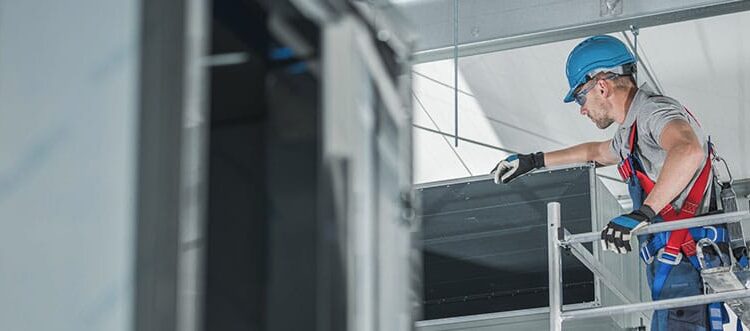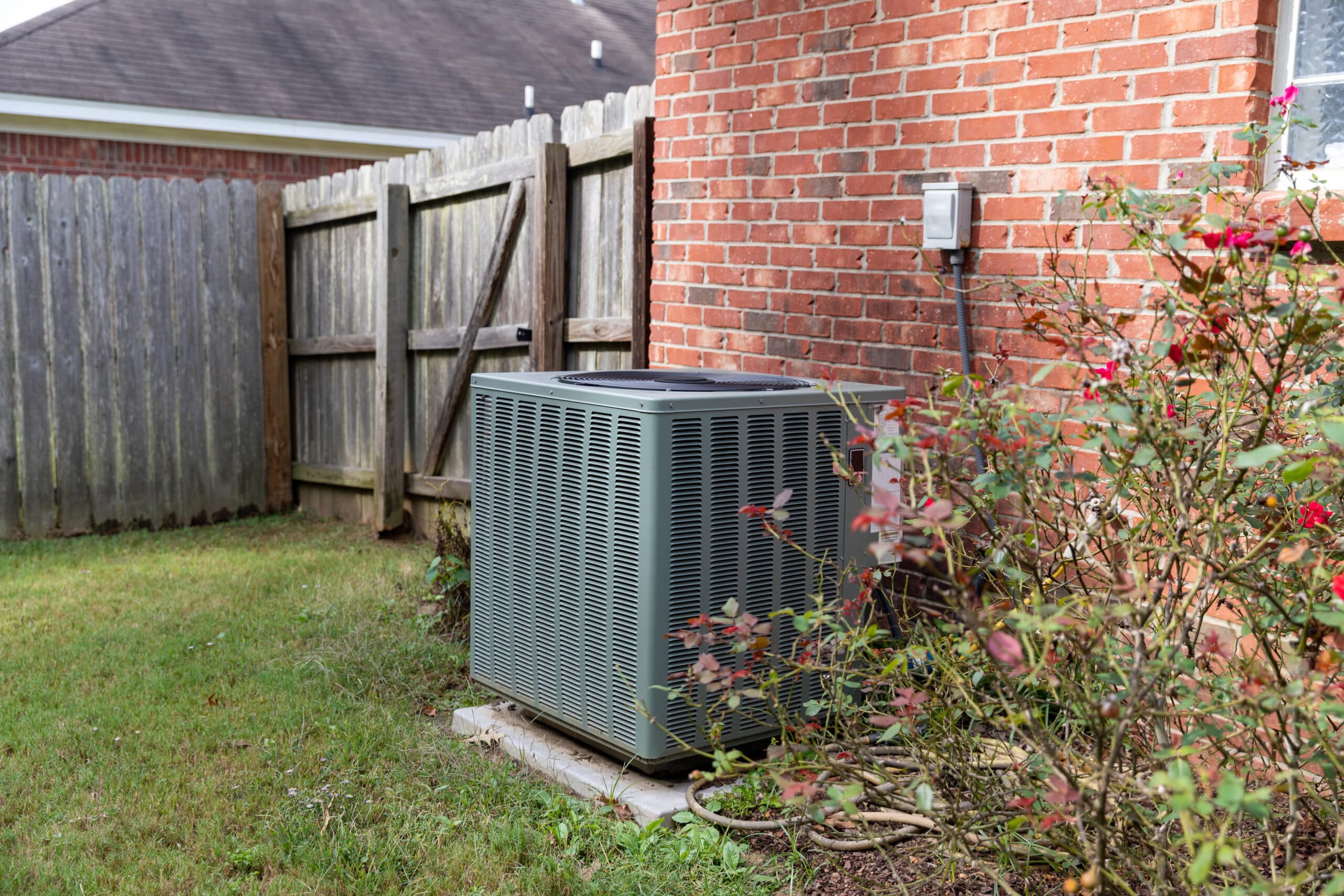
2021 Trends in Commercial HVAC
That certainly includes the commercial sector of HVAC, where the industry has proven particularly adept at innovation thanks to construction trends allied with technological change. And the great news is that this generally means an improved bottom line for the customer – as well as a better and safer product for all involved.
So, with that in mind, let’s take a look at some of the leading trends in commercial HVAC and what they mean for business owners.
Air quality and safety
While optimum efficiency and green energy solutions drove the industry forward for much of the past few decades, the outbreak of the COVID-19 pandemic led many of the developments in air quality and safety to take a front seat over the past year. Purification systems that involve elements such as UV-C light, ionization and hydrogen peroxide are not only available but easily installed in both older and newer HVAC units. These systems, such as the REME-HALO, can literally kill viruses, such as the novel coronavirus, which is responsible for the COVID-19 pandemic. Mounted within the air handlers of HVAC systems, air purifiers can thoroughly and efficiently clean all of the air circulated throughout a building. This occurs because the UV-C light actually destroys airborne pathogens, including viruses and bacteria, that are present in the air that pumps through the HVAC system – which includes all of the air present in the building. Ionization also cleanses the air by literally clinging to viruses, as well as bacteria, fungi and molds and dragging them to the ground, so they are no longer circulating. And these systems even go beyond passive cleansing, including by releasing hydrogen peroxide vapors into the air. These vaporized particles and purify the air, just as they do on surfaces (such as your skin) when applied. All of this makes for a much healthier and safer work environment – both for employees and customers.
Improved traditional filtration systems are also a feature of modern HVAC, as some now utilize nanofibers. Magnitudes smaller than widely used conventional fibers, nanofibers used in the construction of advanced filters are 1,000 times smaller in diameter than a human hair.
Constructed from polymers, nanofibers in filters are webbed, with a surface area filled with a large number of small pores forming a fine mesh. This mesh is then attached to conventional filter media to capture very small particles, such as allergens, mold spores, and dust mites – all of which can easily flow through traditional filters. And the best news is that these nanofibers do not require the fan system in the HVAC to work harder in order to blow air through them.
Improved Connectivity and Access to Information
New technologies and the ease with which data may be accessed means that landlords, business owners, maintenance technicians and/or property managers can see exactly how HVAC systems are running, how efficiently they are doing so and when they are making the most of their abilities – and respond accordingly, plotting settings and making changes in order to make the most of each system’s efficiency utilizing real-time tracking data. That they are able to do so is down to the advances made in “smart” thermometers and sensors. Utilizing these tools, in conjunction with improved wi-fi connections, means that you are able to see all useful HVAC data at the touch of a button. Whether using your phone, tablet, computer or are looking directly at the thermostat, you have both increased access and increased data. That means you can judge how much humidity is in the air at a given time of day – or see when a unit has to kick into gear and work hard, or conversely, hardly work at all. And through these smart systems, you can set your HVAC to ensure that it is not running when not needed – thus optimizing your efficiency and bottom line. And when maintenance needs do arise – including repair needs – some higher-level systems can even self-diagnose any issues and report them to technicians, thus improving response time. And, in all instances, durable hardware allows technicians to immediately identify any component for any repairs, while barcodes may also be scanned to document maintenance and repairs.
Green-Energy is Here
The environment is front page news the world over, and the need to try and leave as small a carbon footprint as possible means that HVAC units are beginning to use all manner of green energy alternatives to both provide function and keep costs at a minimum. Meanwhile, energy costs continue to rise. In Georgia, we already face some of the highest energy costs in the nation, so any advancement that makes you less reliant on the energy grid is a development that will pay dividends. In pursuit of this reality, some HVAC units are equipped to use solar and wind power, while geothermal heating and cooling is also very much on the rise. In geothermal HVAC, heat pumps utilize ground and water sources to generate the energy that heats and cools buildings. Hybrid systems are also finding use the world over, as some units combine gas and solar to produce energy – switching between the two sources as necessary in order to produce peak efficiency. And as commercial HVAC units have larger buildings to keep comfortable, these changes are allowing many companies to be more cost-effective. It also allows several businesses to display their social responsibility, which may lend itself to better business practices overall.
Ductless Systems Are Increasing
If you have ever paid for ductwork, you know how expensive a prospect it can be. The good news, however, is that many ductless HVAC units are now available that can handle work loads of all sizes. Compact and unobtrusive, these ductless units nonetheless produce impressive amounts of heating and cooling at a highly efficient level. And while they are not cheap, they certainly represent a more efficient alternative to adding ductwork to older or unique spaces, which may not be easily accessed by ducts.
Software Improvements Make a Difference
All of your commercial HVAC needs can now be operated through user-friendly interfaces that not only allow you to better understand exactly what you are spending on HVAC via utility expenses but also give you better control over how you cycle air through your property. Gone are the inefficient days of physically tending to your thermostat. New software tools and platforms allow you, managers or employees to access your HVAC system in ways previously unheard of, such as informing you of energy spikes and even allowing you to actively solve problem spots in real-time. But this is not just limited to your use of your HVAC system, it also extends to the contractor that you utilize in installation and service. Companies are not only privy to information that helps them to determine when your system is in need of maintenance but also how better to serve you, the customer. That means that through software platforms, they can streamline invoicing, estimating, payments, routing, and communications with your company. This increases efficiency and response time, which only improves your bottom line, as you are much less likely to be left wanting for optimum HVAC output at any time.
Systems Work Smarter Without Need for Constant Attention
While you can immediately access all of your HVAC data, the good news is that many systems are getting smarter – which means that they can handle problems that you set out for them on their own. For instance, if you have a larger building or sets of buildings, many of the thermostats and control units can now diagnose the conditions with which they are dealing with – outdoor temperature, humidity, occupancy numbers, even lighting – and adjust accordingly, without being told what to do. They are able to do this via the installation of smart sensors. And these units can even communicate with each other in order to produce optimum comfort at the most efficient level. Think of it this way: if one side of your building gets more direct sun or has a large window, it will need to be cooled more than a shady or closed-off side. These smart sensors know this and will adjust how the HVAC works, accordingly. They may also raise or lower automated blinds – linked to the system – in order to help shield the interiors of the building. Referred to as building automation systems (BAS), these units are, unsurprisingly gaining rapid popularity amongst customers with larger volume/more diverse needs.
If you are in need of commercial HVAC upgrades, are looking at moving into a new building or even constructing new space, it would be wise to check out all of the latest developments – and there are many – in order to get the most for your budget.
Conditioned Air Systems has aided countless commercial partners in north Georgia for over four decades. Our wide range of experience includes small businesses to multi-story commercial facilities, warehouses and even unique needs such as school and dorm facilities.
We also ensure that our employees stay up to date on all of the latest developments in a fast-developing industry so that we may provide our customers with the most efficient and comfortable products available on the market.
If you would like to learn more, simply contact us today at 770-536-7509.
Your Trusted HVAC Experts for Home Comfort and Efficiency

